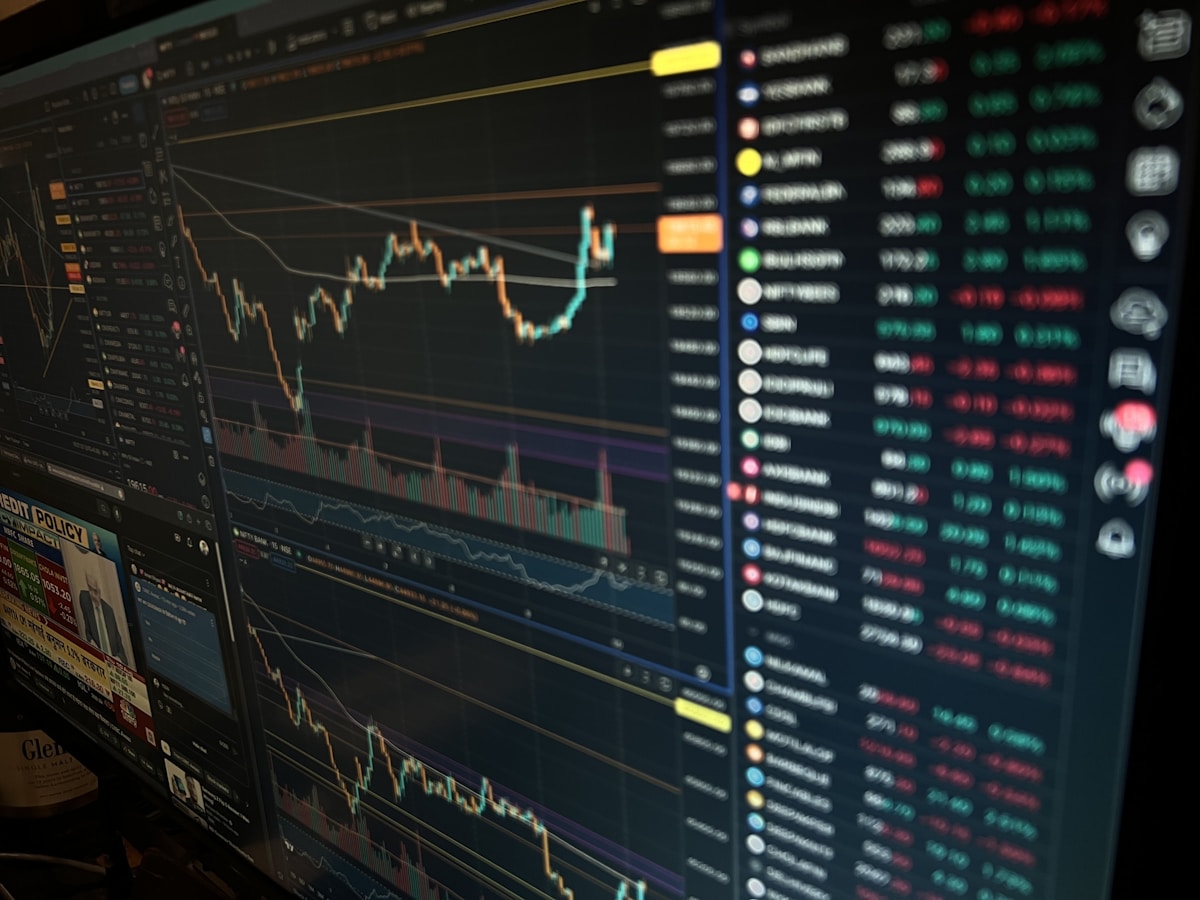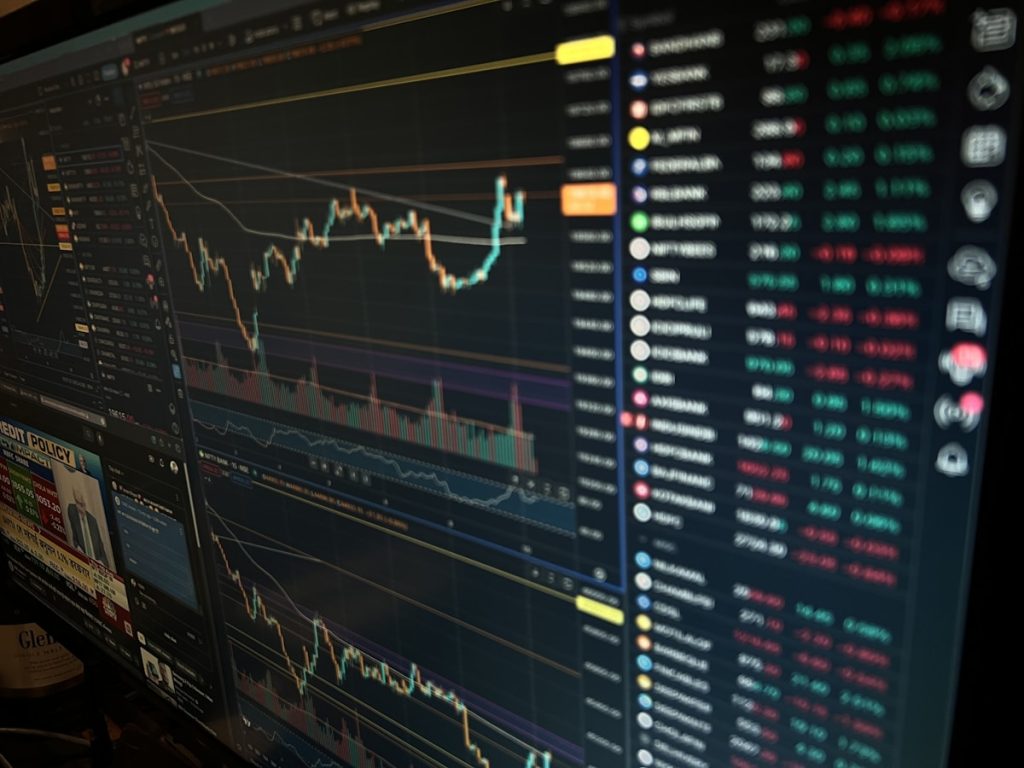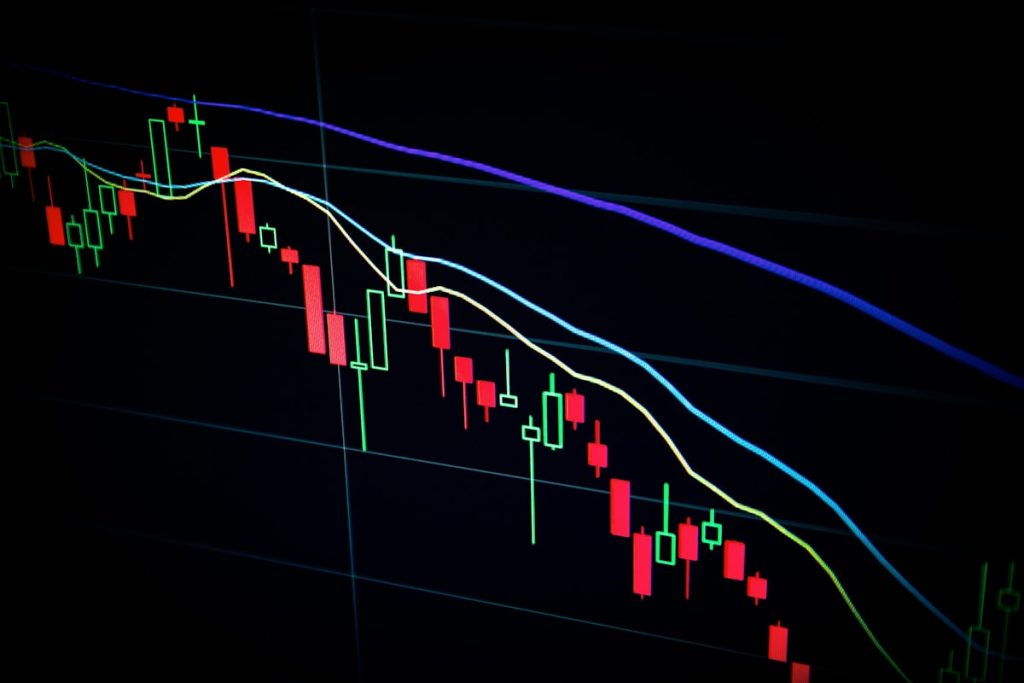Markets Are Shrugging Off Trump’s Tariffs: What the Experts Say
When President Donald Trump announced a series of new tariffs on steel, aluminum, and a basket of consumer goods, Wall Street’s initial reaction was predictably nervous. Futures slipped, the dollar weakened, and political analysts warned of a “trade war fever.” Six months later, however, the major equity indices have largely recovered, commodity prices have stabilized, and investors appear to be treating the tariff announcements as a routine policy hiccup rather than a systemic shock. Below, leading economists, market strategists, and trade lawyers explain why the markets have learned to shrug off the tariffs.
1. The “Tariff Shock” Was Already priced in
“Investors are quick to price in policy risk,” says Emily Chen, senior economist at Goldman Sachs. “When the administration signaled its intent in late 2017, the market began adjusting long before the first duties were levied. By the time the tariffs took effect, the pricing was largely baked in, leaving little room for a dramatic correction.”
- Futures on the S&P 500 and Nasdaq showed a 2‑3% dip immediately after the announcement, but recovered within weeks.
- Currency markets saw the dollar fall 1.2% against the euro, a move that was quickly neutralized by central bank interventions.
- Corporate earnings forecasts were revised only modestly, reflecting a belief that firms could absorb the added costs.
2. Companies Have Built Resilience Into Their Supply Chains
Raj Patel, partner at trade law firm K&L Gates, notes that “the modern multinational has diversified its sourcing for exactly this reason.” Many manufacturers already maintain multiple suppliers across different countries, allowing them to shift production away from tariff‑hit regions with minimal disruption.
Key examples include:
- Automakers shifting a portion of their steel purchases to Canada and Brazil, where the tariffs are lower or non‑existent.
- Electronics firms increasing inventory of China‑origin components before the duties took effect, effectively “stockpiling” to smooth short‑term price spikes.
- Retail giants renegotiating contracts with overseas vendors, passing some of the tariff costs onto consumers through marginal price adjustments.
3. The Macro‑Economic Impact Is Limited
According to a recent Brookings Institution study, the aggregate GDP drag from the current tariff regime is estimated at 0.2‑0.4% per year—well within the normal range of quarterly fluctuations. Dr. Laura Gomez, macro‑economist at the Federal Reserve Bank of Chicago, explains, “The U.S. economy is large enough that a in import costs does not translate into a recessionary shock. Instead, the impact is spread thinly across sectors, making it difficult for investors to pinpoint a clear winner or loser.”
4. Investor Focus Has Shifted to Policy Predictability
“Markets care more about certainty than the direction of policy,” says Michael Anders, chief investment officer at Vanguard Global Equity Fund. “Even if tariffs remain, the fact that the administration has been consistent in its approach provides a predictable backdrop for investment decisions.”
Investors are now watching two main variables:
- Potential exemptions or adjustments announced by the Office of the United States Trade Representative (USTR).
- The likelihood of a broader trade agreement with China or the European Union, which could render many of the current duties moot.
5. The Role of Hedging and Derivatives
Financial markets have sophisticated tools to mitigate tariff risk. Sara Liu, head of commodity trading at JPMorgan points out that “the surge in forward contracts and options on steel and aluminum prices has provided a safety net for both producers and consumers.” The increased use of these instruments has dampened price volatility, making the tariffs less of a market‑moving event.
Conclusion
While the political rhetoric surrounding Trump’s tariffs continues to dominate headlines, the underlying financial data tells a different story. Market participants have already accounted for the policy shift, corporations have adapted their supply chains, and the macro‑economic drag remains modest. As a result, investors are treating the tariffs as a manageable variable rather than a systemic threat—allowing the markets to “shrug” off the headline‑making trade measures with ease.



